Unlocking your full potential in darts requires more than just a steady hand and accurate aim; it demands peak visual performance. Vision training for dart player peak performance is crucial, improving accuracy, reaction time, and overall game consistency. This article will explore the key aspects of vision training tailored for dart players, guiding you toward a sharper, more effective game.
⚠️ Still Using Pen & Paper (or a Chalkboard)?! ⚠️
Step into the future! The Dart Counter App handles all the scoring, suggests checkouts, and tracks your stats automatically. It's easier than you think!
Try the Smart Dart Counter App FREE!Ready for an upgrade? Click above!
Many dart players overlook the importance of vision training in their pursuit of excellence. However, by incorporating specific exercises and techniques, you can significantly enhance your performance on the oche. This article will delve into the science behind visual acuity in darts, offer practical exercises you can start immediately, and provide tips for integrating vision training into your overall practice regimen. We’ll also look at common visual challenges faced by dart players and how to overcome them. Improving your vision is not just about seeing the board better; it’s about enhancing your overall cognitive processing and reaction time.
Vision Training for Dart Player Peak: Sharpening Your Focus
Vision training for dart player peak performance isn’t about magically improving your eyesight; it’s about optimizing your visual system’s ability to process information quickly and efficiently. This involves improving several key aspects of your vision, including:
- Visual Acuity: The sharpness and clarity of your vision. This is essential for accurately judging the distance to the board and the position of the dartboard.
- Peripheral Vision: Your ability to see objects outside of your central field of vision. A strong peripheral vision allows you to better track your dart’s flight path and anticipate your opponents’ throws.
- Depth Perception: The ability to judge distances accurately. For dart players, this is critical for accurately throwing at different areas of the dartboard.
- Dynamic Visual Acuity: The ability to see clearly while your eye is in motion. This is essential for tracking the dart’s trajectory throughout the throwing process.
- Eye-Hand Coordination: The ability to synchronize your eye movements with your hand movements, crucial for maintaining accuracy and consistency.
By focusing on these key areas, you can significantly enhance your overall dart-playing ability. Many professional dart players incorporate vision training into their practice regimen, viewing it as just as important as their physical training. Learning to use your eyes effectively is a critical part of vision training for dart player peak.
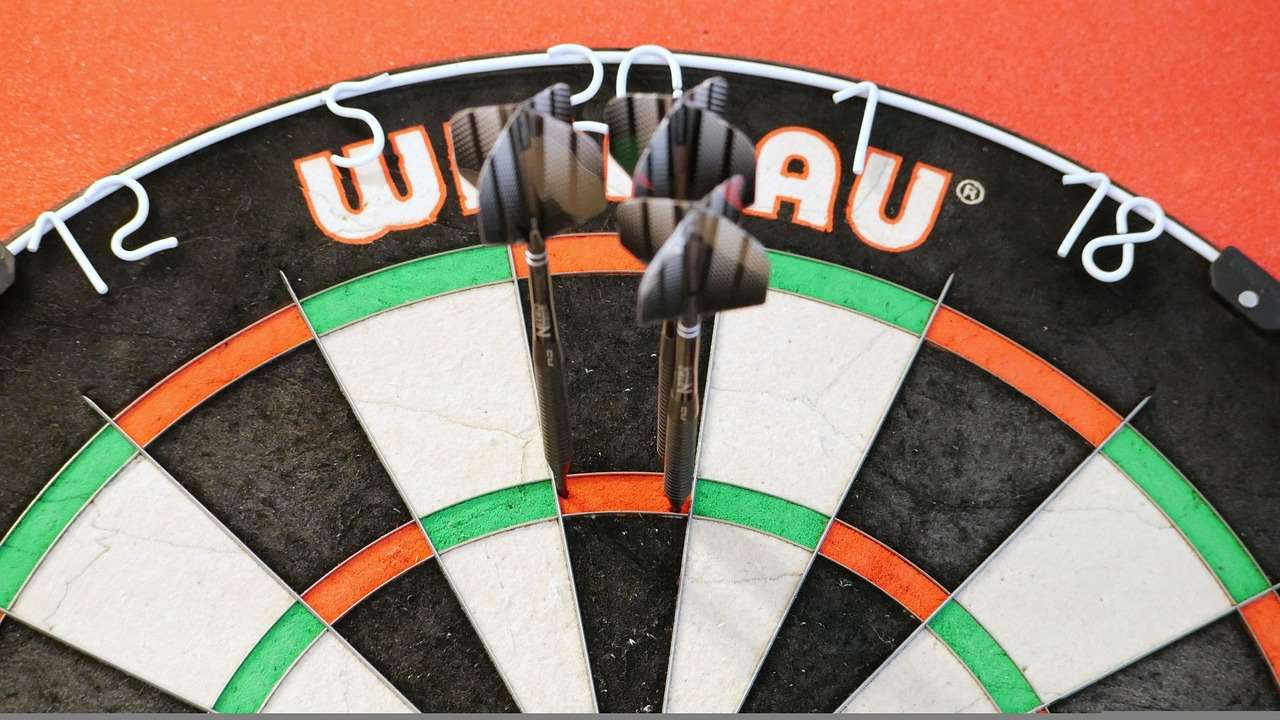
Practical Vision Training Exercises for Darts
The good news is that you don’t need expensive equipment to improve your visual skills. Here are some simple yet effective exercises you can incorporate into your training routine:
Focus and Acuity Exercises
- Near-Far Focus: Focus on a close object (e.g., your thumb) for 10 seconds, then switch to a distant object (e.g., a wall) for 10 seconds. Repeat this 10 times. This exercise strengthens your eye muscles and improves your ability to quickly adjust your focus.
- Eye Chart Practice: Regularly practice with an eye chart to maintain and improve your visual acuity. This is a fundamental aspect of vision training for dart player peak.
- Dartboard Focus Drills: At various distances from a practice dartboard, try to focus on different segments of the board. Concentrate on a single segment and try to hit it repeatedly. This improves your ability to focus accurately on your target, crucial for hitting those doubles and trebles!
Peripheral Vision Exercises
- Peripheral Awareness Drills: While focusing on a central point, try to identify objects moving in your peripheral vision. This could be someone moving around you or a moving object at the edge of your vision. This exercise strengthens your peripheral vision which is crucial to anticipating your opponent’s throw and assessing your surrounding.
- Blind Spot Awareness: Become aware of your blind spot by covering one eye and moving a finger into your peripheral vision. Note how far it goes before it disappears from sight.
Depth Perception Exercises
- Distance Estimation: Try to estimate the distance of various objects from you. Gradually increase the distance for a greater challenge. This improves your overall ability to perceive depth and distance.
- Target Practice: Practicing throwing darts at various distances is an excellent way to improve your depth perception. This is an integral part of effective vision training for dart player peak.
Consistency is key. Even 15-20 minutes of these exercises a few times a week can make a noticeable difference in your game. Remember to consult with an eye care professional for any underlying vision issues before embarking on these routines.
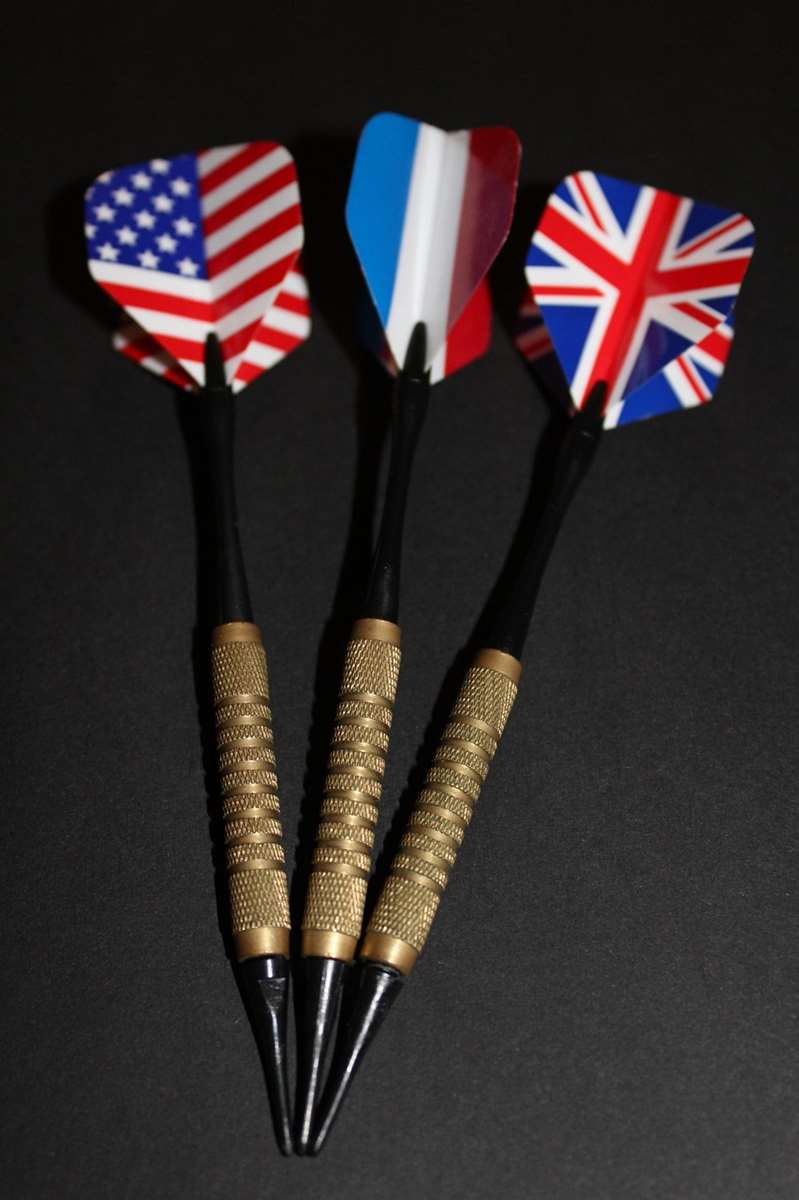
Beyond the Board: The Holistic Approach to Dart Vision
Optimal performance isn’t just about improving your visual acuity; it’s about optimizing your entire visual system. This means considering factors like lighting, posture, and even your mental state. A well-lit playing environment is vital to minimize eye strain and maximize visual clarity. Proper posture helps maintain optimal visual alignment and reduces the risk of physical strain that could impact your vision. Furthermore, managing stress and anxiety through techniques like deep breathing or mindfulness can significantly improve your focus and overall performance. Consider reading our article on breathing for rhythm and timing to learn more.
Regular exercise, a balanced diet, and sufficient sleep also contribute to improved visual function. Remember, your body is a system; one area affects another. Maintaining overall fitness through a targeted Darts Fitness Health approach improves performance and helps prevent injury. Neglecting your physical health can negatively impact your vision and concentration levels, hindering your dart game. You can learn more on this topic by reading our article on how fitness affects dart play.
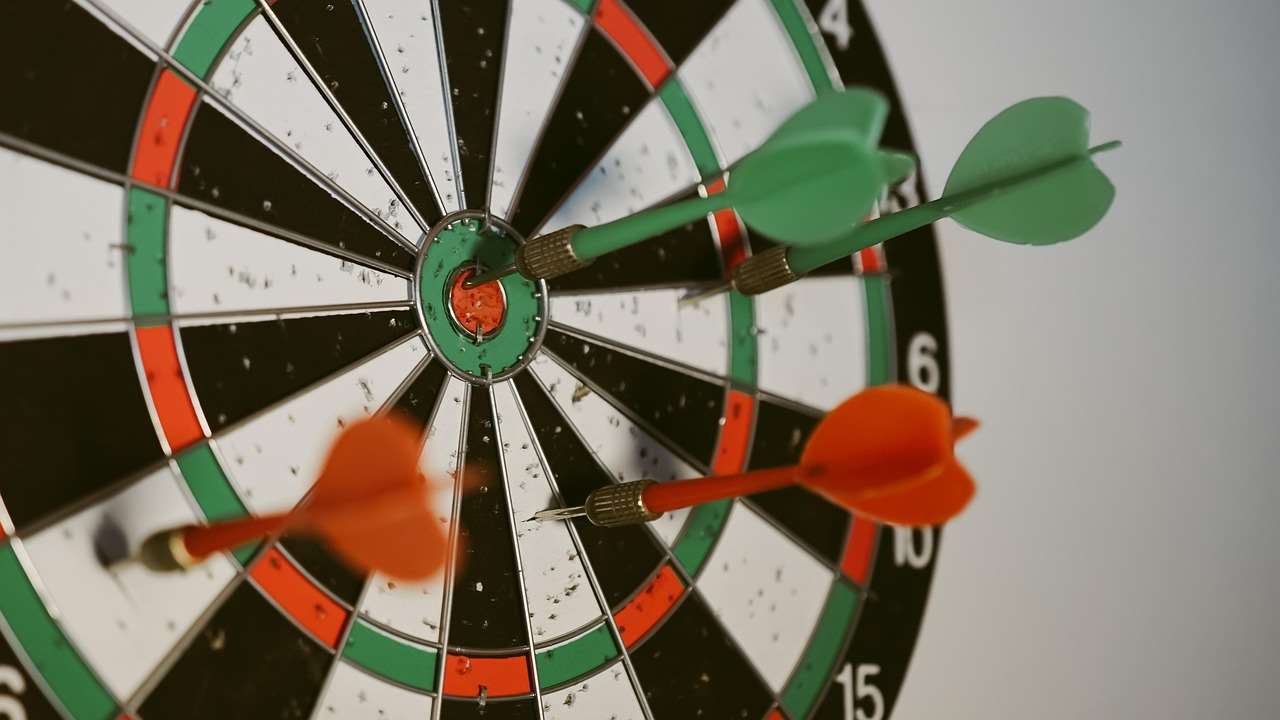
Vision Training and Injury Prevention
Surprisingly, vision training for dart player peak can also play a role in injury prevention. By improving your eye-hand coordination and spatial awareness, you are less likely to strain your muscles and joints during your throw. Proper technique, informed by good vision, is crucial to reduce the risk of injury. To know more about preventing injuries, refer to our article on dart injury prevention resources.
In addition to physical injuries, it’s important to also consider the mental aspect of the game. Stress and anxiety can significantly impact performance. For more details, read our article on mental well being darts. Similarly, incorporating techniques from our agility training for dart players article can aid in better coordination and concentration.
Integrating Vision Training into Your Practice
The most effective way to improve your dart game through vision training is to integrate it into your regular practice routine. Start slowly, incorporating a few minutes of exercises into your warm-up. Gradually increase the duration and intensity of your training as your visual skills improve. Consistency is more important than intensity. Remember to listen to your body; if you experience any discomfort, stop and rest. If needed, consider a cool-down routine, as detailed in our guide on cool-down for-tournaments. Understanding your fatigue levels can be addressed via our information on fatigue and performance charts darts. And lastly, consider ways to improve your reaction time via proper breathing, as explained in our guide on breathing for enhanced reaction time and breathing exercises after darts.
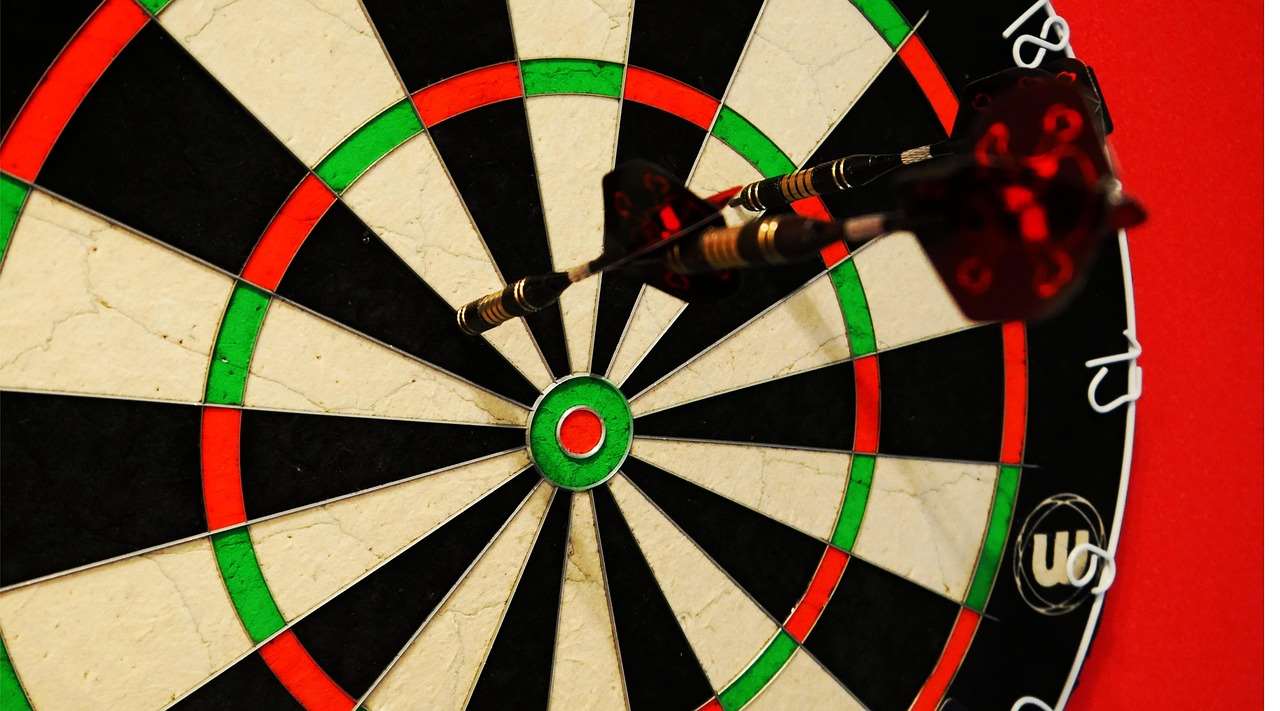
Addressing Common Visual Challenges in Darts
Many dart players experience specific visual challenges that impact their game. These can include nearsightedness, farsightedness, astigmatism, and even age-related vision changes. If you experience any visual difficulties, it’s crucial to consult an ophthalmologist or optometrist for a comprehensive eye exam and personalized recommendations. They can help identify any underlying conditions and suggest corrective lenses or other interventions to improve your visual clarity and performance.
Furthermore, understanding and addressing issues like eye strain, dry eyes, and headaches associated with prolonged dart practice are crucial. Taking regular breaks, using proper lighting, and ensuring good hydration can alleviate these problems and maintain optimal visual performance. Remember that proper care of your eyes is essential for peak performance.
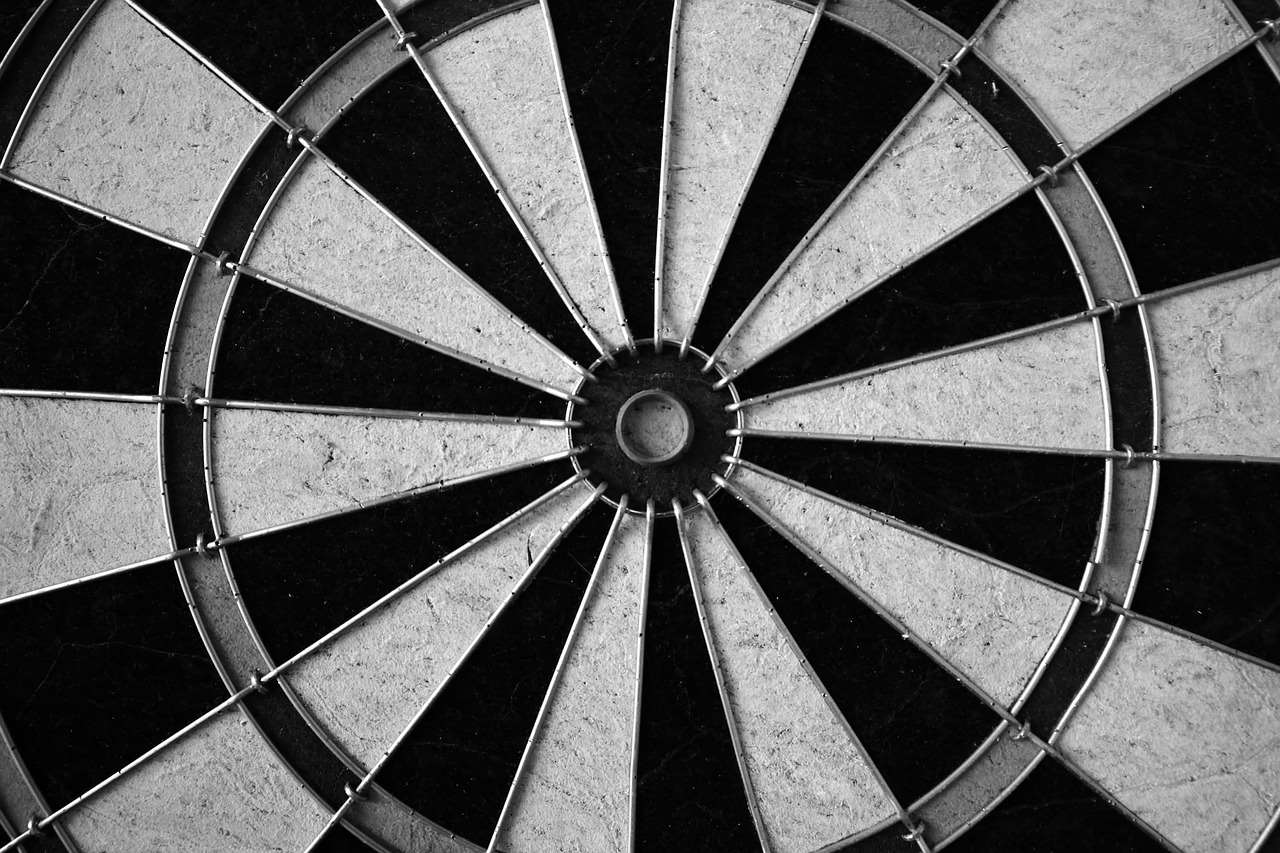
Conclusion: The Power of Vision Training
Vision training for dart player peak performance is not a luxury; it’s a necessity. By incorporating the exercises and strategies discussed in this article, you can significantly enhance your accuracy, reaction time, and overall consistency on the oche. Remember that consistency and proper technique are key. Start with small, manageable goals, and gradually increase the challenge as your skills improve. Don’t be afraid to experiment and find what works best for you. By prioritizing your visual health and training, you’ll be well on your way to achieving your full potential as a dart player. So, grab your darts, practice your exercises, and prepare to experience a game-changing improvement in your performance! Remember to regularly consult with eye care professionals to address any specific visual needs or concerns.
Hi, I’m Dieter, and I created Dartcounter (Dartcounterapp.com). My motivation wasn’t being a darts expert – quite the opposite! When I first started playing, I loved the game but found keeping accurate scores and tracking stats difficult and distracting.
I figured I couldn’t be the only one struggling with this. So, I decided to build a solution: an easy-to-use application that everyone, no matter their experience level, could use to manage scoring effortlessly.
My goal for Dartcounter was simple: let the app handle the numbers – the scoring, the averages, the stats, even checkout suggestions – so players could focus purely on their throw and enjoying the game. It began as a way to solve my own beginner’s problem, and I’m thrilled it has grown into a helpful tool for the wider darts community.